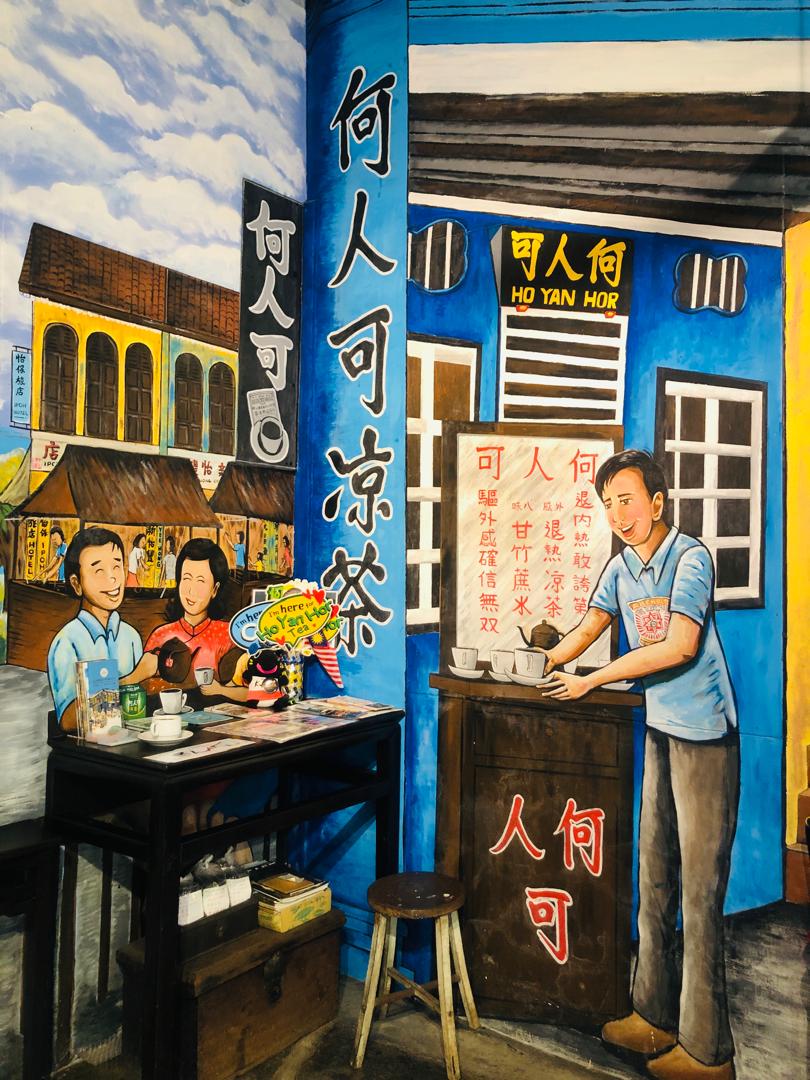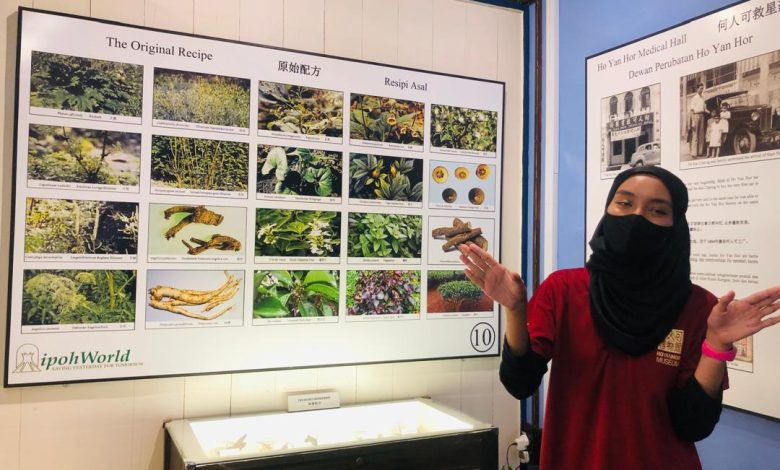

By: Zaki Saleh
IPOH: While Ipoh is widely recognized for its white coffee, there is another significant beverage tied to the city’s rich history—Chinese herbal tea, a heritage closely linked to this vibrant city.
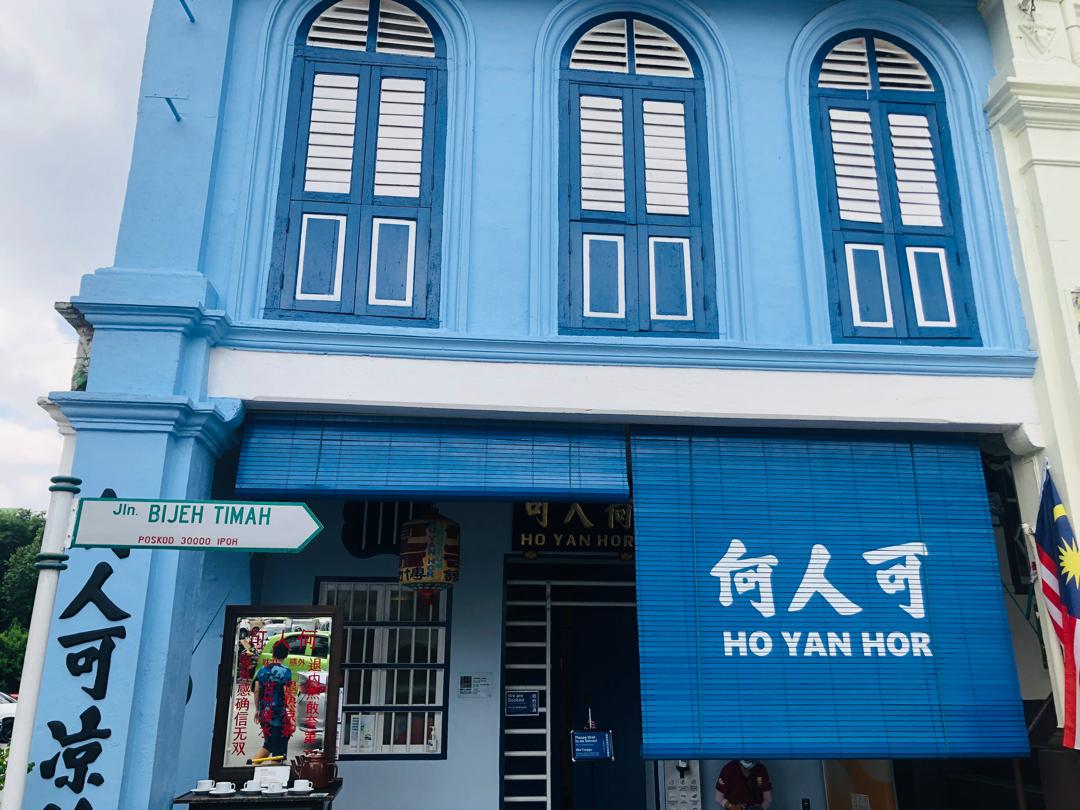

Just as white coffee is inherently connected to the Chinese Kopitiam culture, herbal tea in Ipoh plays a complementary role in the narrative of the city’s tin mining industry.
This history can be explored at the Ho Yan Hor Museum, a must-visit destination not just for tourists and visitors from afar, but also for the locals of Ipoh.
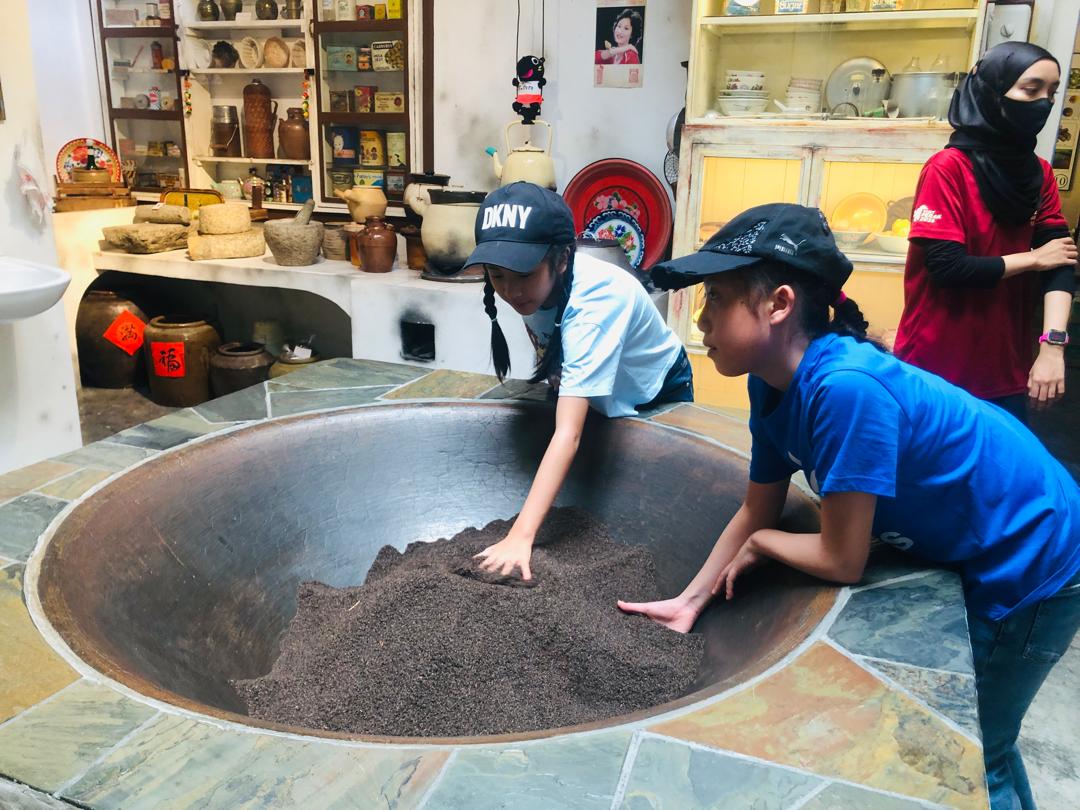

More than just a museum, it showcases the perseverance of its founder, Dr. Ho Kai Cheong, who began a small herbal tea business in 1941, which eventually grew into a renowned brand.
Located on Jalan Bijeh Timah, the two-story blue museum, which opened in 2016, was once the residence and herbal tea powder processing factory of Dr. Ho Kai Cheong.
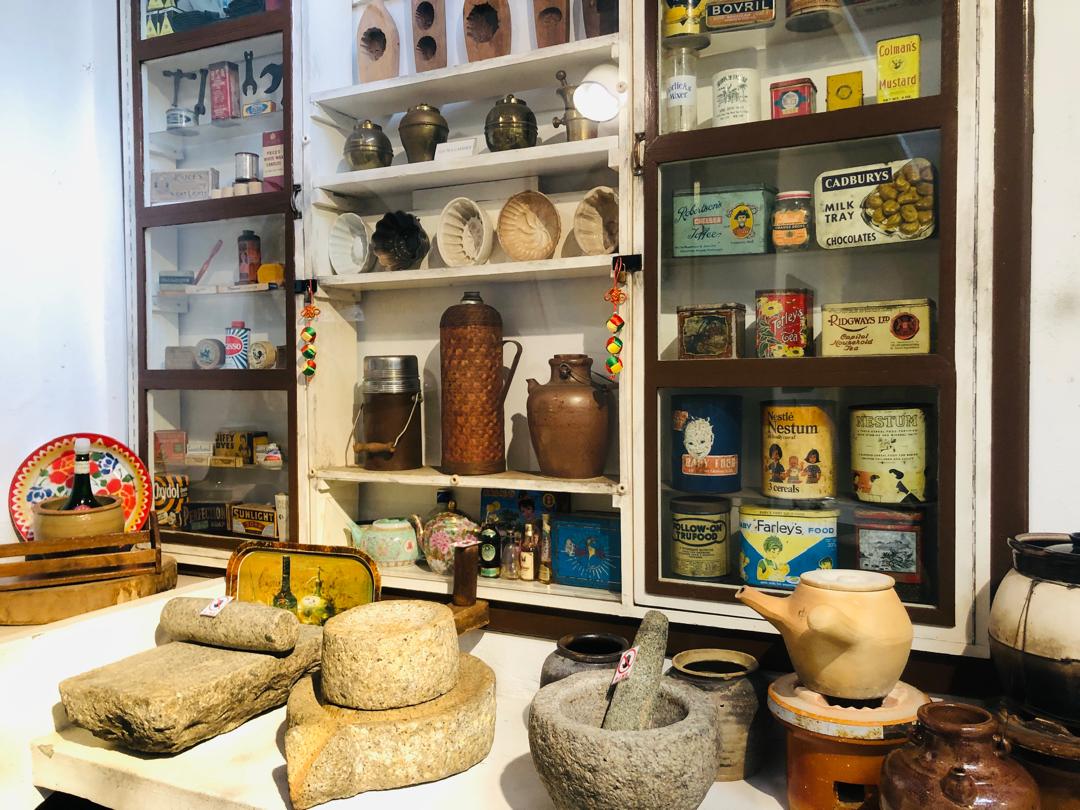

The museum is open to the public free of charge from 10 a.m. to 4 p.m., and it is closed on Mondays.
Dr Ho Kai Cheong was born in Kati, Kuala Kangsar, in 1910 after his family migrated there from Panyu, Canton, where they had opened a coffee shop.
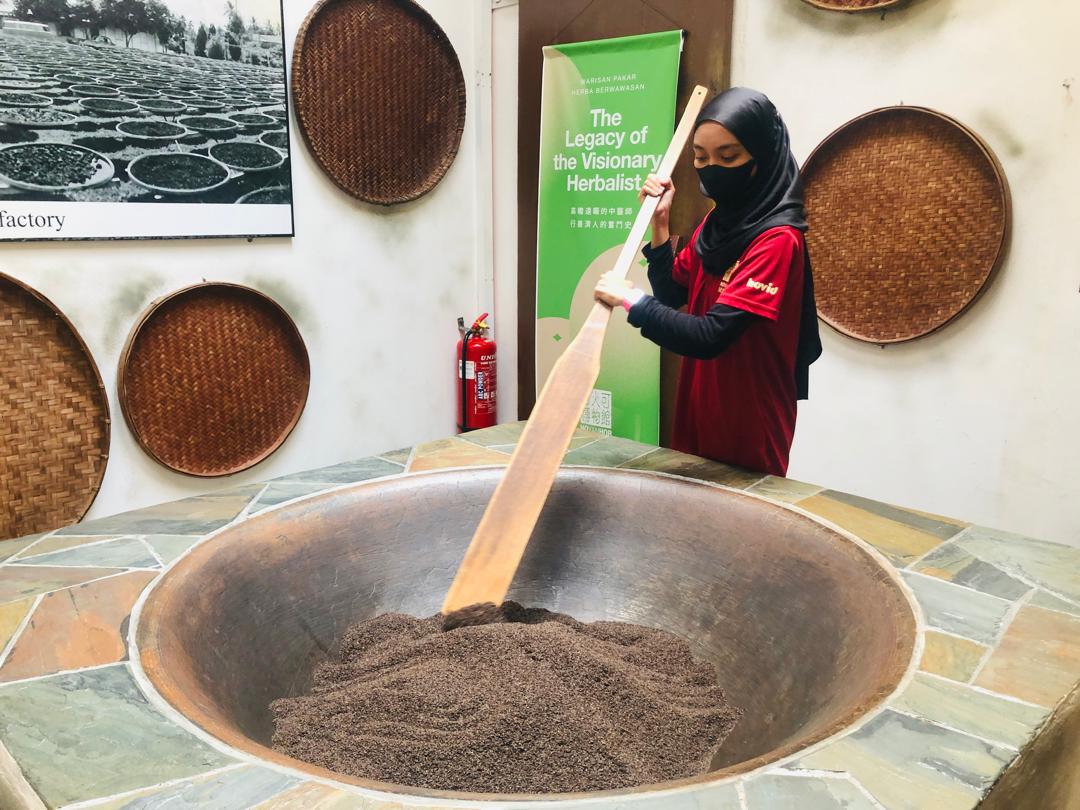

According to the museum’s Executive, Nur Maira Madihah, the exhibits at the museum narrate the origins and evolution of Chinese herbal tea in Ipoh, highlighting its journey to international markets.
“Visitors can learn about the history of this famous Chinese herbal tea brand, which dates back to the 1940s when it was originally sold to tin mine labourers.
“This tea is made from a unique blend of 29 natural herbs mixed with premium Pu Erh tea leaves.
“It is said that the original recipe offers numerous health benefits, such as reducing body heat, aiding in the treatment of ailments like colds, and containing antioxidants,” she explained.
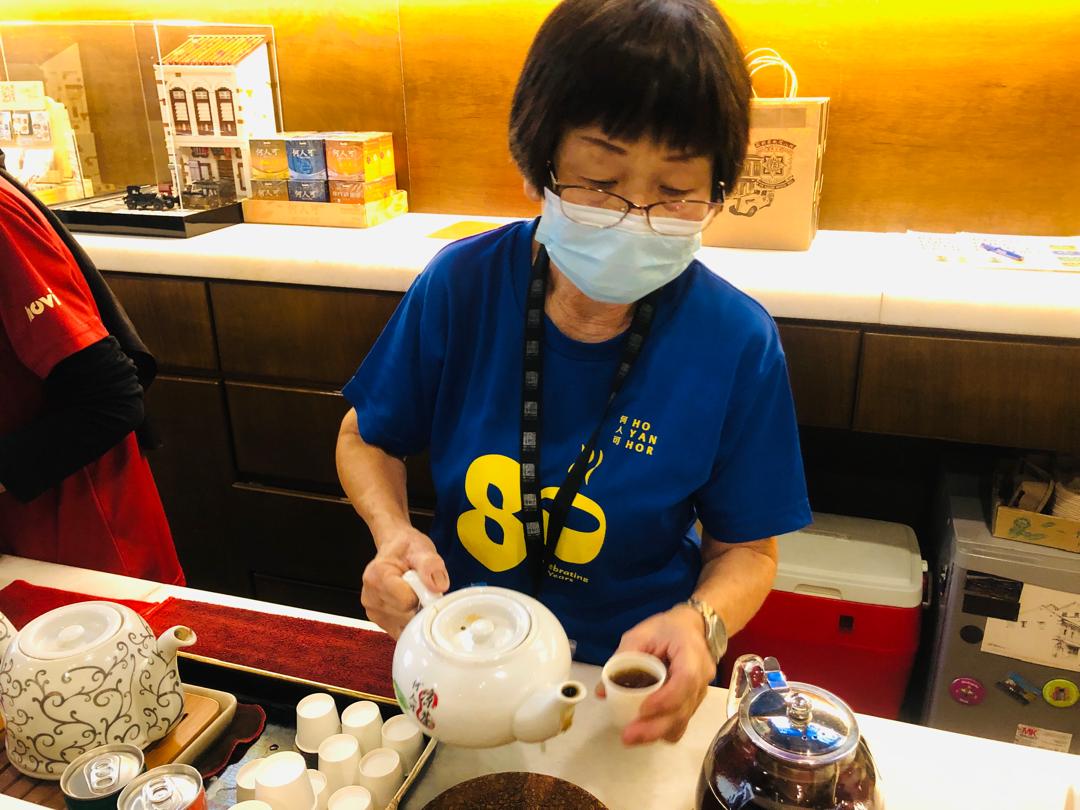

Nur Maira also noted that many tourists, especially from China and Taiwan, are impressed by the historical narrative presented at the museum.
Visiting this museum is like stepping back in time, with the authenticity of the over 100-year-old former shop building enhancing the experience.
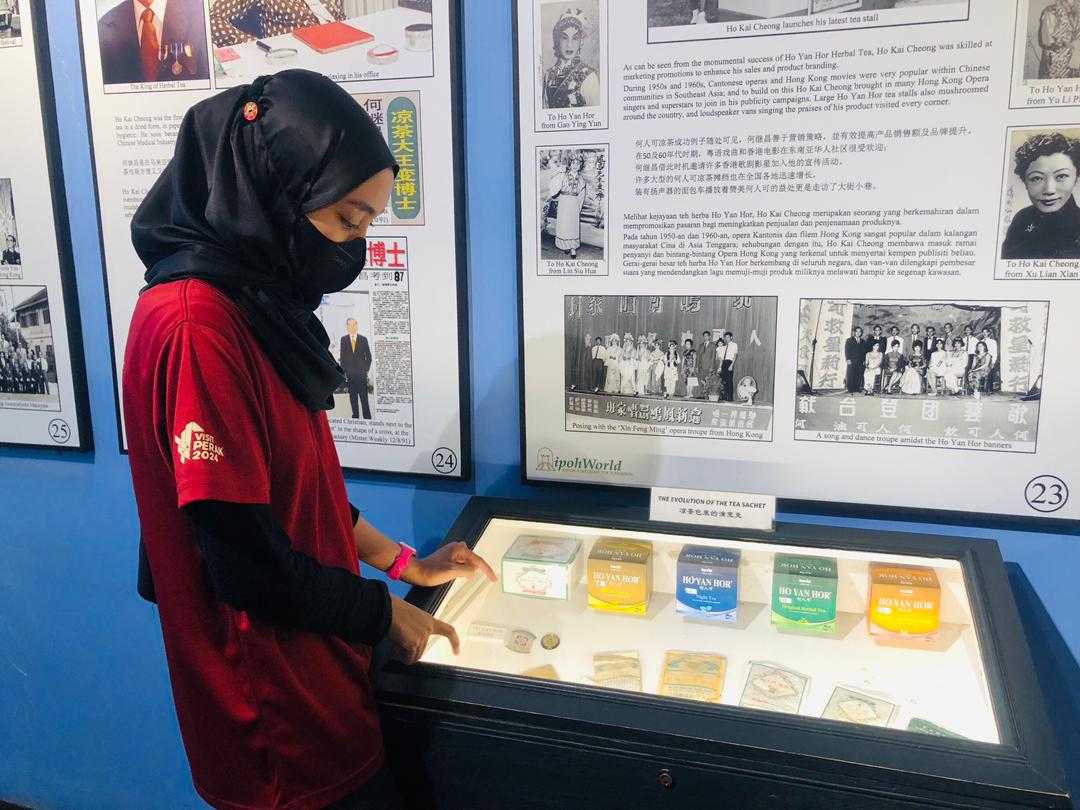

Meanwhile, the museum’s curator, Ng Chern Yuan, mentioned that they receive up to 150 visitors daily, including foreign tourists.
She added that Ho Yan Hor Museum limits the number of visitors at any given time due to the small size of the shophouse, preventing overcrowding.
“Only one person is allowed to ascend the wooden staircase to the upper floor at a time.
“By limiting the number of visitors, we ensure a comfortable experience for everyone,” she said.
